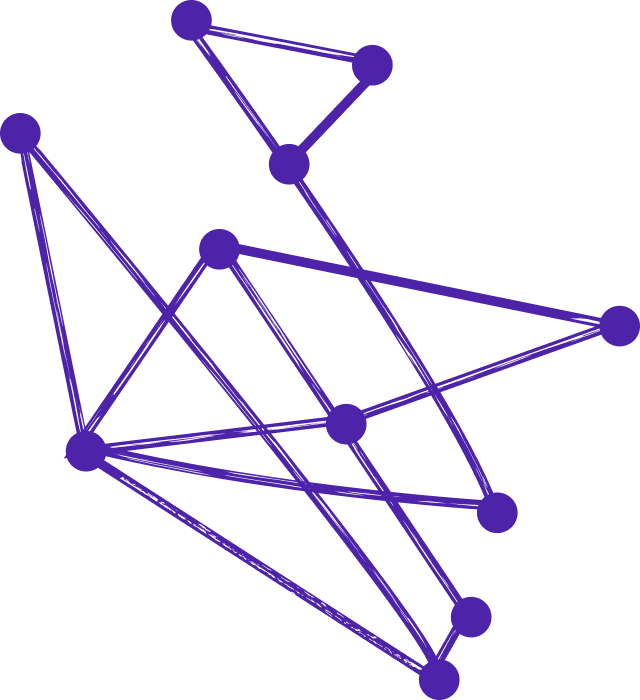
atomic design
Atomic Design
The Atomic Design methodology promotes a modular and hierarchical approach to UI development, enabling designers and developers to create consistent and cohesive interfaces efficiently. By breaking down the UI into its smallest components, the design process becomes more manageable, allowing for easier maintenance, updates, and reusability.
Atoms, the foundational building blocks of Atomic Design, represent the basic UI elements such as buttons, input fields, labels, and icons. These atoms are designed to be self-contained and independent, ensuring they can be reused across different projects and contexts. By establishing a library of atoms, designers and developers can maintain a consistent visual language and user experience across various applications.
Molecules, the next level in the Atomic Design hierarchy, are formed by combining atoms together. For example, a search bar (molecule) can be created by combining an input field (atom) with a search button (atom). Molecules encapsulate a specific functionality or feature and can be reused in different parts of the application.
Organisms are more complex UI components that are created by combining multiple molecules and atoms together. These components represent larger sections of the UI, such as navigation bars, sidebars, or product cards. Organisms are designed to be self-contained and reusable across different pages and templates.
Templates refer to the composition of organisms and molecules, defining the overall layout and structure of a specific page type. Templates provide a consistent framework for displaying content and arranging UI components, ensuring a cohesive user experience throughout the application.
Finally, pages are the instances where templates are populated with actual content. Pages represent the final output of the design process, displaying the UI elements in their intended context. By following the Atomic Design methodology, designers and developers can efficiently create and maintain a library of UI components, facilitating the rapid creation of consistent and scalable interfaces.
In summary, Atomic Design is a powerful methodology that promotes a modular and hierarchical approach to UI design and development. By breaking down the UI into its smallest components, designers and developers can create reusable atoms, combine them into molecules and organisms, and ultimately construct cohesive templates and pages. This methodology enhances collaboration, consistency, and scalability, enabling software houses to deliver high-quality user interfaces efficiently.
Let’s build your next digital product — faster, safer, smarter.
Book a free consultationWork with a team trusted by top-tier companies.








